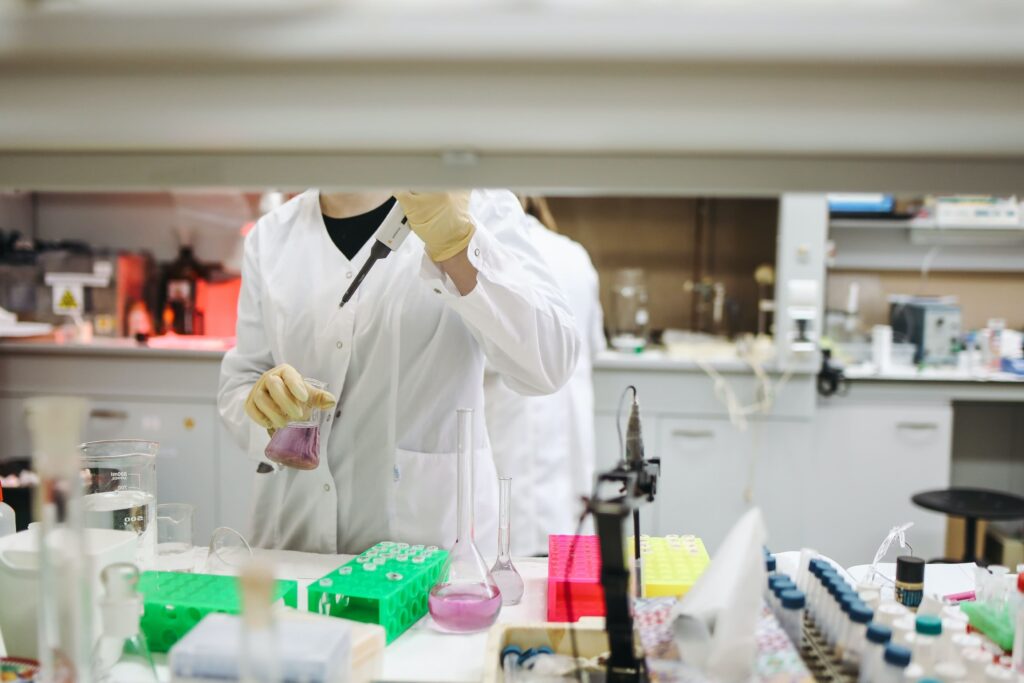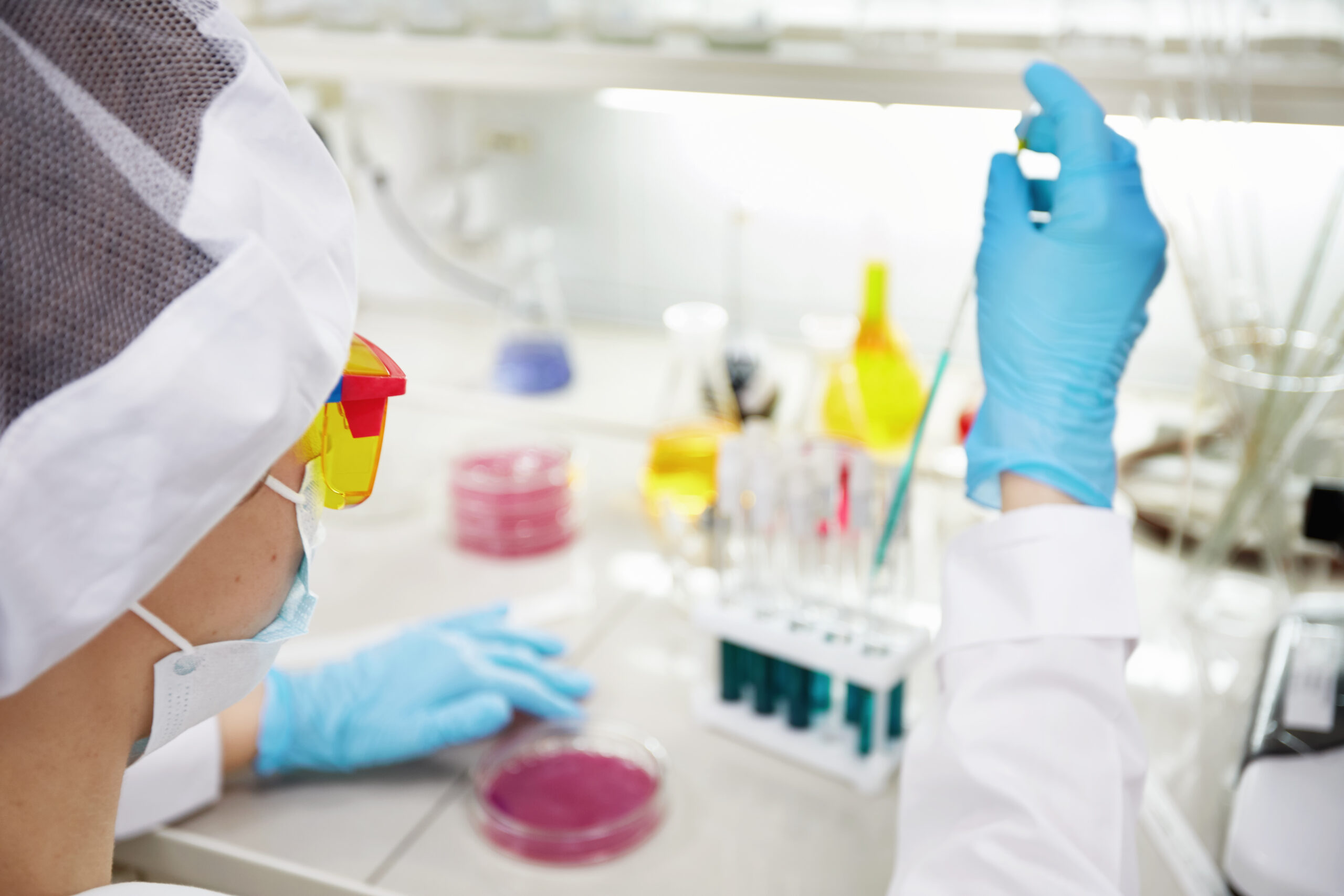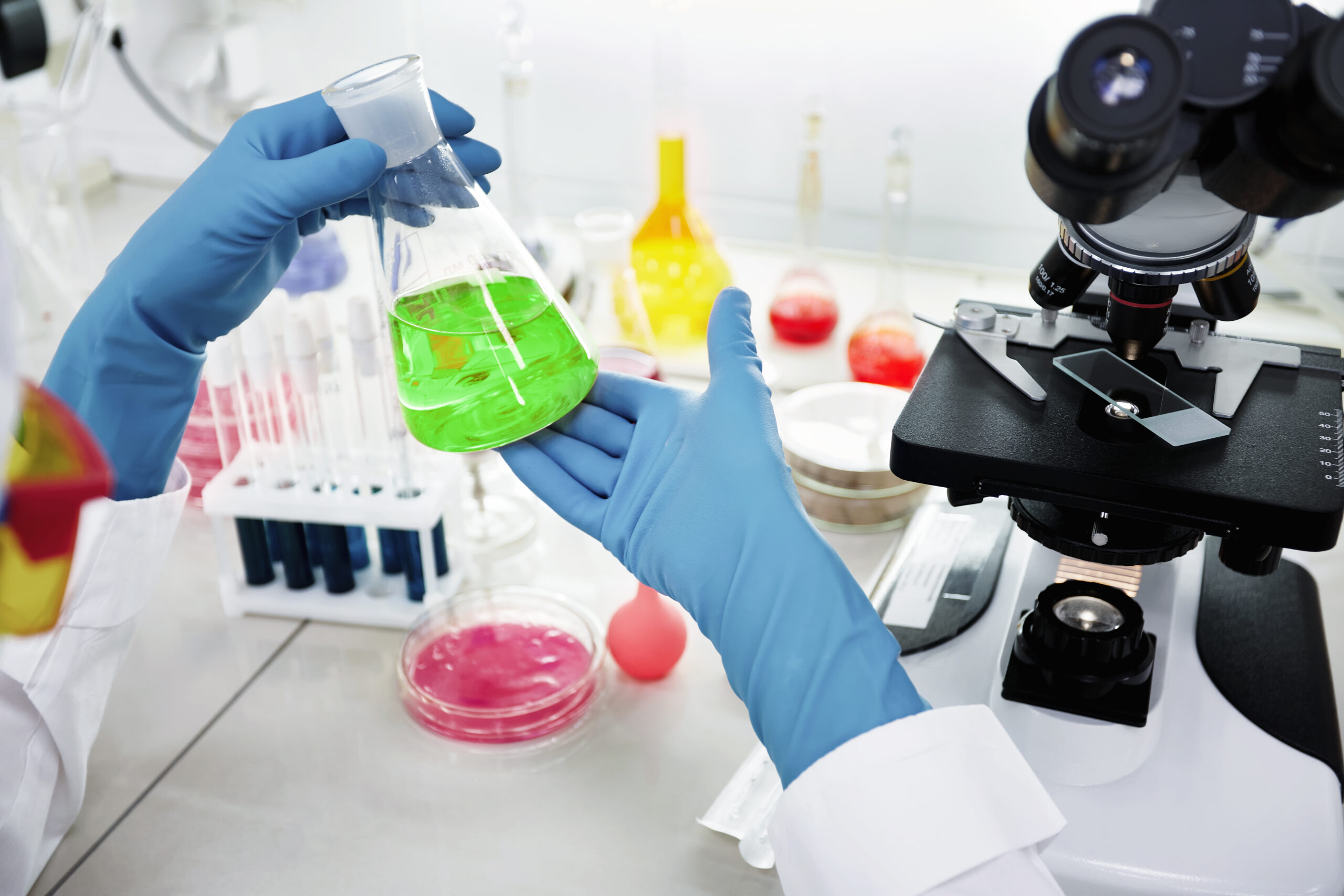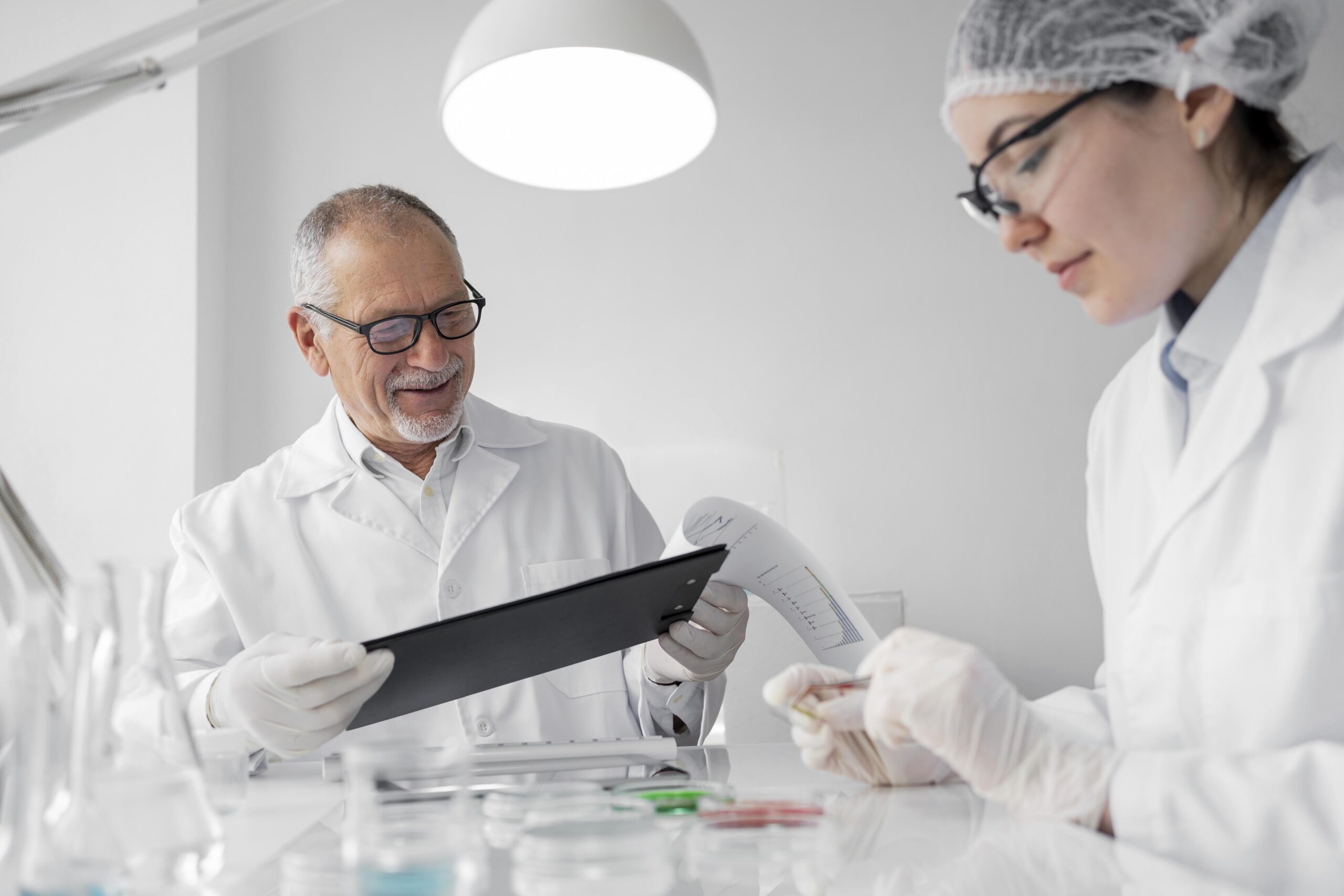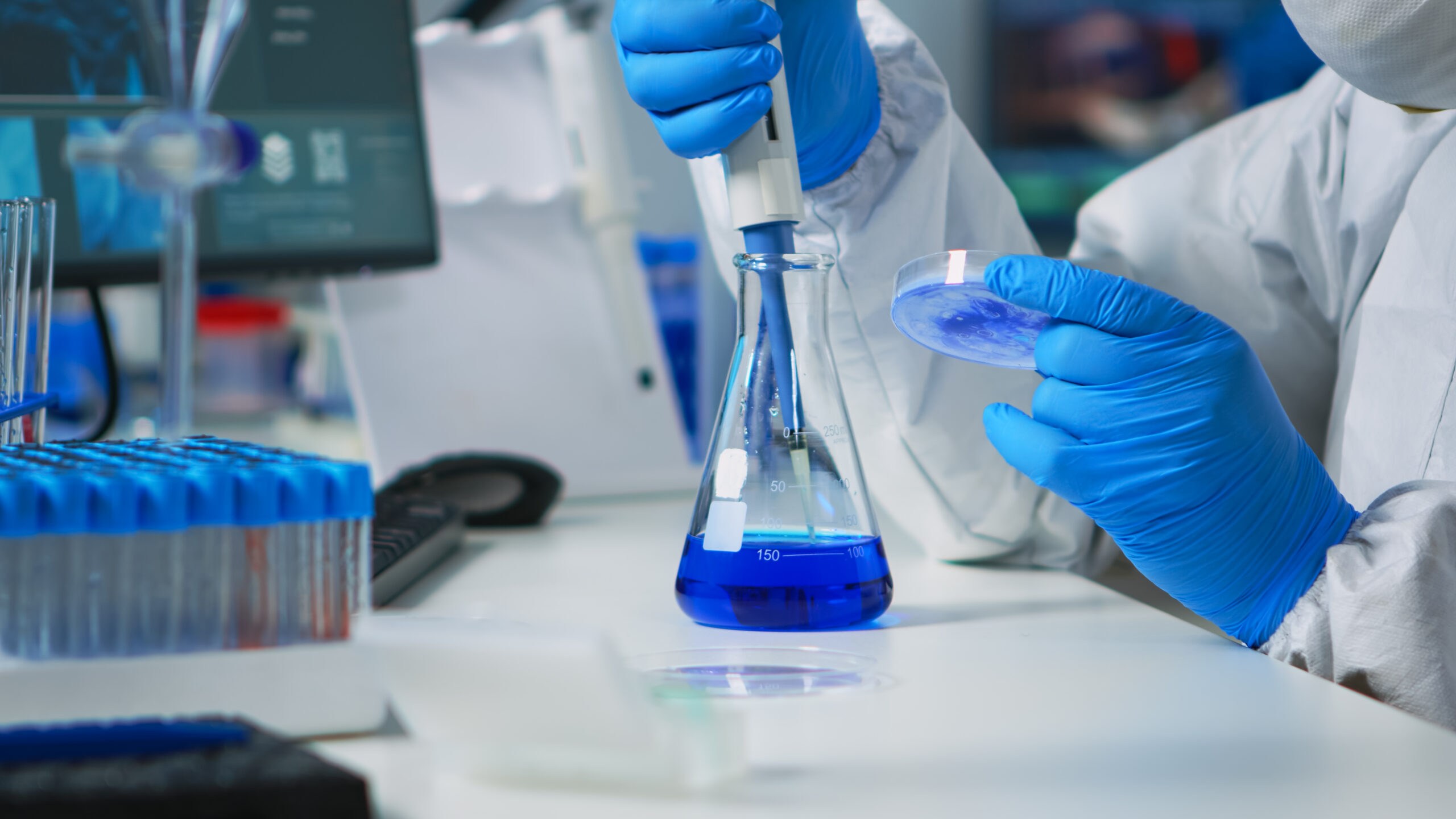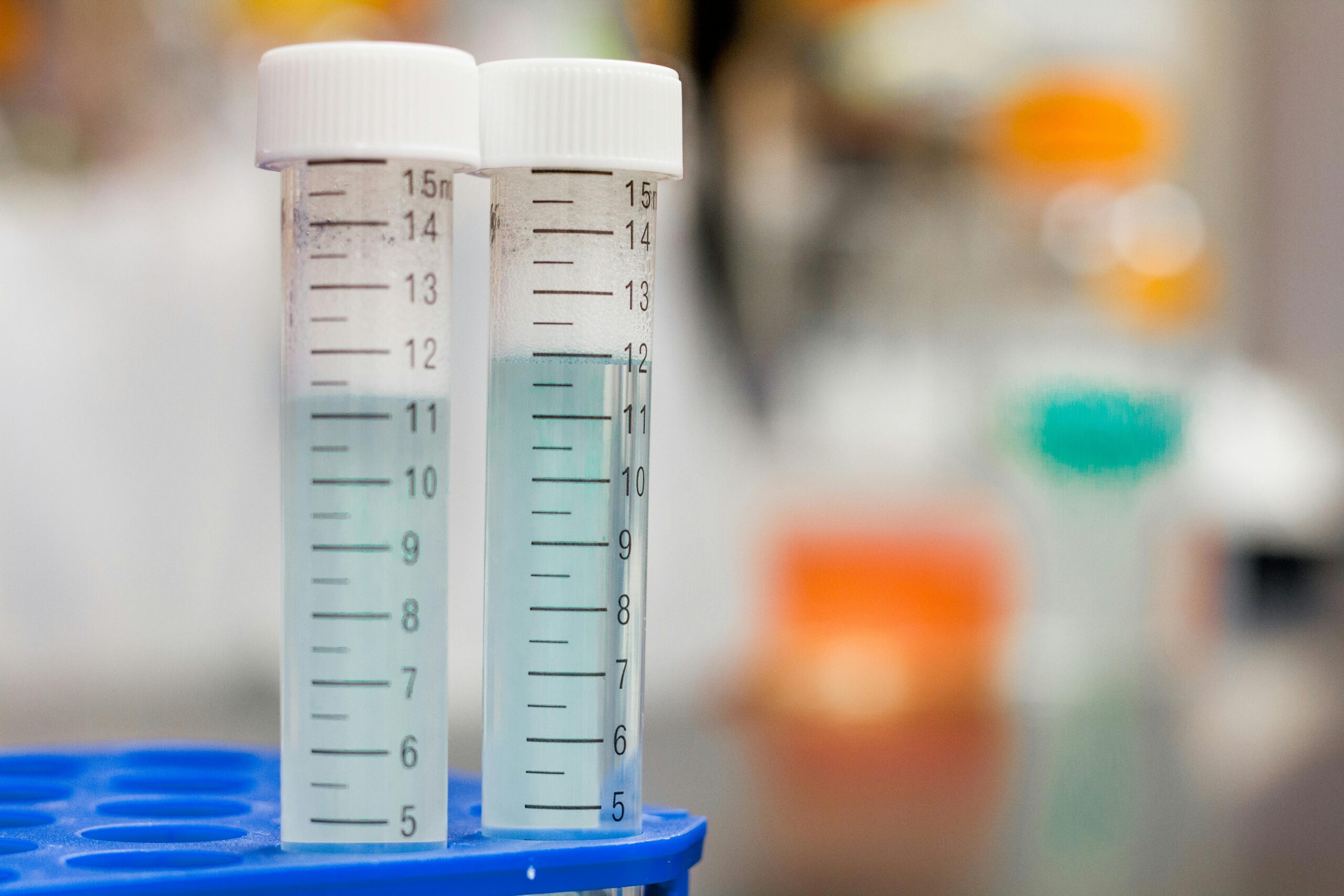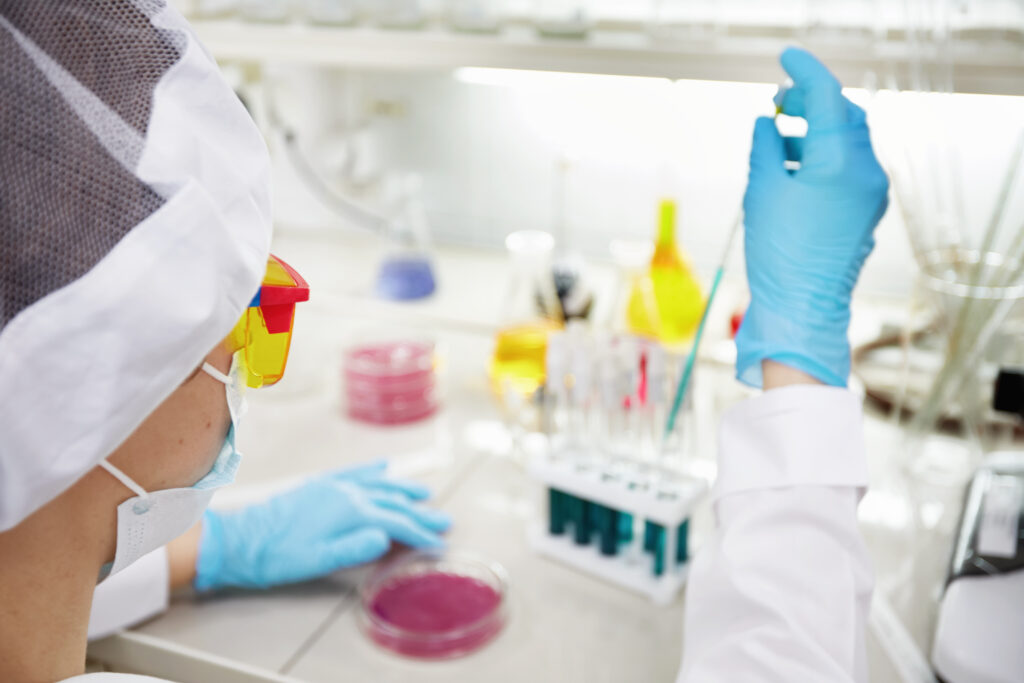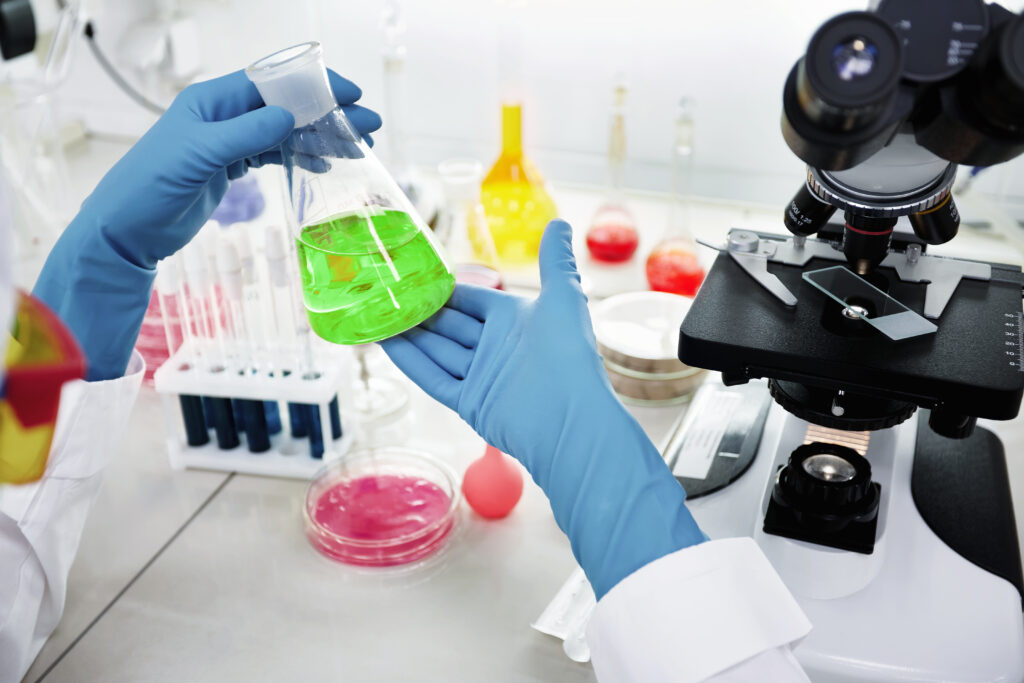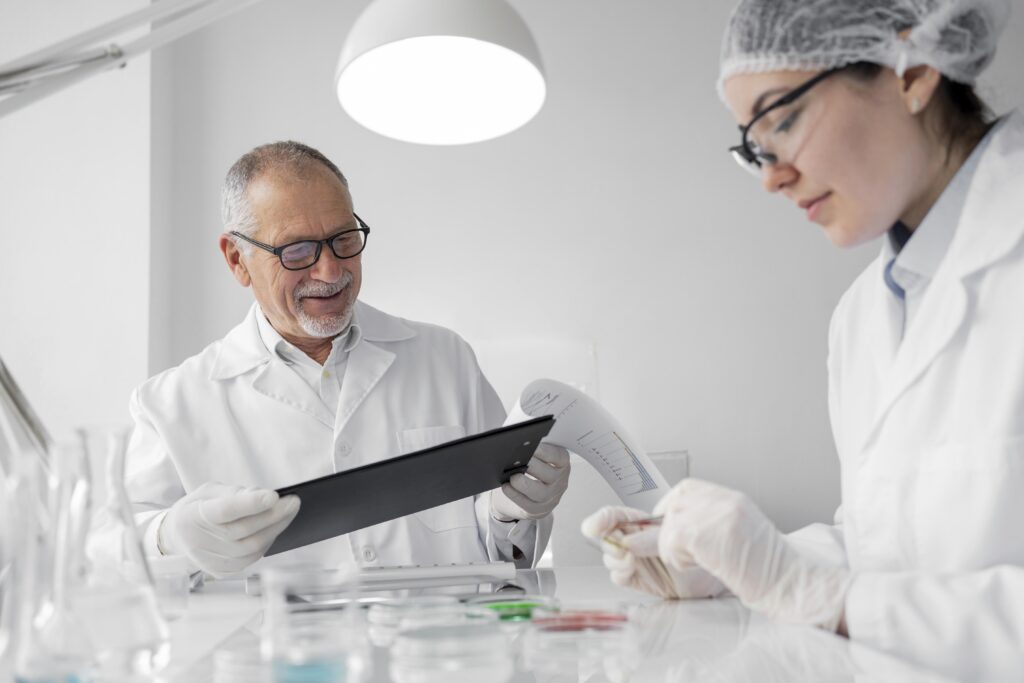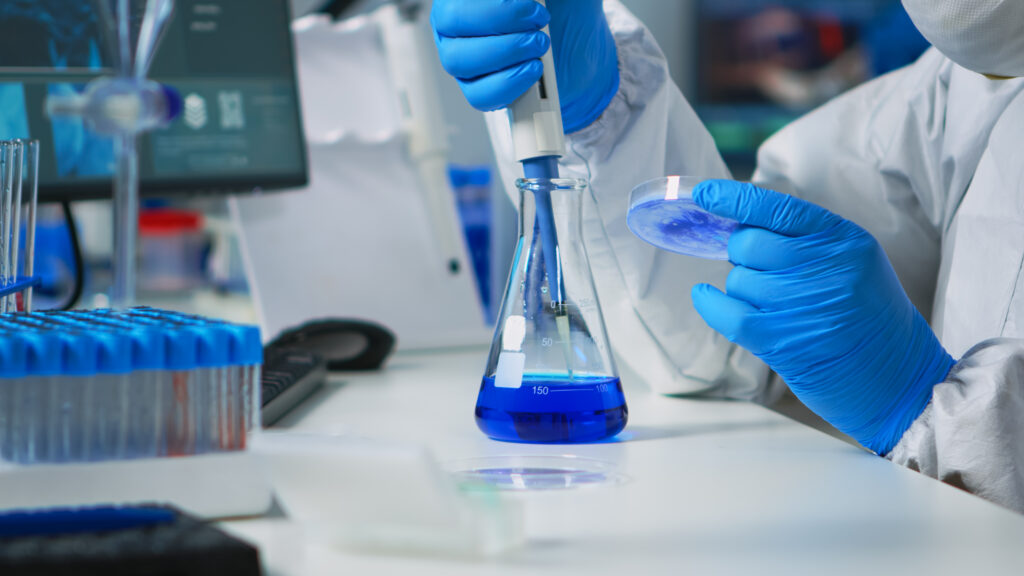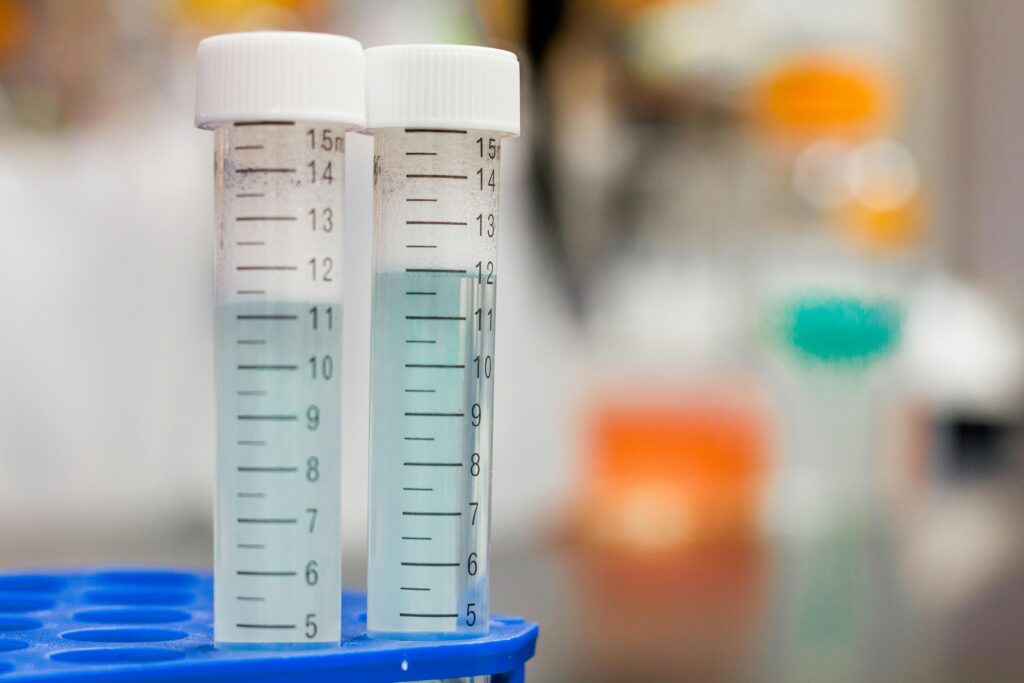Introduction
Nutritional testing laboratories play a crucial role in assessing the quality and safety of food products, helping consumers make informed decisions about their dietary choices. In India, where food diversity and safety are of paramount importance, nutritional testing labs in India are instrumental in ensuring compliance with regulatory standards. This blog post explores the essential equipment and procedures required for the efficient functioning of nutritional testing labs in India.
Equipment for Nutritional Testing Labs in India
Nutritional testing labs in India require a variety of specialized equipment to perform accurate and reliable analyses on food samples. These instruments enable the labs to assess food products’ nutritional content, contaminants, and quality. Here are some essential equipment commonly found in nutritional testing labs in India:
- Analytical Balance:
An analytical balance is a precise weighing instrument used to measure small quantities of samples and reagents. It is crucial for obtaining accurate measurements of ingredients and sample preparation in nutritional testing labs.
- Spectrophotometer:
Spectrophotometers are used to measure the absorption or transmission of light by chemical substances. In nutritional testing labs, spectrophotometers are employed to determine the concentration of specific nutrients, such as vitamins or minerals, based on their characteristic absorption spectra.
- High-Performance Liquid Chromatography (HPLC):
HPLC is a technique used to separate, identify, and quantify various compounds in a mixture. In nutritional testing labs, HPLC is utilized for analyzing vitamins, amino acids, fatty acids, and other components of food samples.
- Gas Chromatography (GC):
GC is a technique used to separate and analyze volatile compounds. It is commonly used in nutritional testing labs to detect and quantify pesticides, herbicides, and other chemical contaminants present in food samples.
- Atomic Absorption Spectroscopy (AAS):
AAS is employed to measure the concentration of specific minerals and heavy metals in food samples. It relies on the principle of light absorption by atoms in the vapor phase to determine the elemental composition of a sample.
- Inductively Coupled Plasma Mass Spectrometry (ICP-MS):
ICP-MS is a highly sensitive technique used to analyze trace elements, isotopes, and heavy metals in food samples. It offers high precision and accuracy, making it valuable for assessing nutritional composition and detecting contaminants.
- Microbiological Testing Equipment:
Microbiological testing equipment includes agar plates, incubators, autoclaves, and other tools required for the cultivation and identification of microorganisms. These instruments are essential for assessing the microbiological quality and safety of food products.
- Polymerase Chain Reaction (PCR) Machine:
PCR machines are used to amplify and detect specific DNA sequences. In nutritional testing labs, PCR is employed for genetic testing, including the identification of genetically modified organisms (GMOs) or the presence of allergenic genes in food samples.
These essential equipment items are the backbone of nutritional testing labs in India. Their accurate and precise functioning enables labs to perform a wide range of analyses, ensuring the quality, safety, and nutritional value of food products available to consumers.
Procedures for Nutritional Testing Labs in India
Nutritional testing labs in India follow a set of standardized procedures to ensure accurate and reliable analysis of food samples. These procedures encompass various stages of sample collection, handling, and analysis, allowing for a comprehensive assessment of nutritional content, contaminants, allergens, and microorganisms. Let’s delve into the key procedures carried out in nutritional testing labs in India:
Sample Collection and Handling in Nutritional Testing Labs in India:
Proper Sampling Techniques:
Nutritional testing labs in India employ standardized sampling techniques to ensure representative samples are collected from food products. Proper sampling methods include random sampling, systematic sampling, or stratified sampling, depending on the nature of the food product.
Preservation and Storage of Samples:
To maintain sample integrity, proper preservation and storage techniques are crucial. Samples may be refrigerated, frozen, or preserved with appropriate additives to prevent degradation or spoilage until analysis.
Chain of Custody:
Maintaining a well-documented chain of custody is essential in nutritional testing labs in India. It involves carefully documenting the movement of samples, ensuring traceability and accountability at every stage, and preventing any tampering or contamination.
Sample Tracking and Identification:
Nutritional testing labs in India implement robust sample tracking and identification systems to prevent mix-ups or errors. Each sample is assigned a unique identifier, labeled properly, and logged into a sample management system to track its progress throughout the testing process.
Proximate Analysis in Nutritional Testing Labs in India
The proximate analysis involves the determination of the basic nutritional components in food samples, enabling comprehensive assessment:
Moisture Determination:
Moisture content in food samples is determined using various methods such as oven drying, Karl Fischer titration, or moisture analyzers. This analysis provides insights into the water content of the sample, which is crucial for assessing the product’s stability and shelf life.
Fat Analysis:
Fat content is determined using methods like solvent extraction, gravimetric analysis, or instrumental techniques such as Soxhlet extraction or chromatography. Fat analysis helps evaluate the energy content and lipid profile of the food product.
Protein Analysis:
The protein content is determined using methods such as the Kjeldahl method, the Dumas combustion method, or the biuret method. Accurate protein analysis allows for evaluating the quality and quantity of proteins present in the sample.
Carbohydrate Analysis:
The carbohydrate content is determined using techniques such as enzymatic assays, chromatographic methods, or spectrophotometry. This analysis helps in assessing the carbohydrate composition and total carbohydrate content of the food product.
Dietary Fiber Analysis:
Dietary fiber content is determined using enzymatic-gravimetric methods, spectrophotometry, or chromatographic techniques. This analysis provides information about the fiber content and its different components, aiding in evaluating the nutritional quality of the food product.
Ash Content Determination:
Ash content, which represents the inorganic mineral content of the sample, is determined by incineration. This analysis helps assess the mineral composition and nutritional quality of the food product.
Vitamin and Mineral Analysis in Nutritional Testing Labs in India
Vitamin and mineral analysis is performed to determine the presence and concentration of essential nutrients in food samples:
Vitamin Analysis Techniques:
Nutritional testing labs in India employ various techniques such as high-performance liquid chromatography (HPLC), spectrophotometry, or microbiological assays for vitamin analysis. These methods enable the identification and quantification of specific vitamins present in the sample.
Mineral Analysis Techniques:
Mineral analysis techniques used in nutritional testing labs in India include inductively coupled plasma atomic emission spectroscopy (ICP-AES), atomic absorption spectroscopy (AAS), or inductively coupled plasma mass spectrometry (ICP-MS). These techniques allow for accurately quantifying various minerals present in the sample, such as iron, calcium, zinc, and others.
Determination of Micronutrient Content:
In addition to vitamins and minerals, nutritional testing labs in India also determine the content of micronutrients in food samples. This involves analyzing trace elements and essential micronutrients like selenium, iodine, or copper using techniques such as AAS or ICP-MS. Determining the micronutrient content provides insights into the nutritional value of the food product.
Contaminant Analysis in Nutritional Testing Labs in India
Contaminant analysis focuses on the detection and quantification of various undesirable substances in food samples:
Pesticide Residue Analysis:
Nutritional testing labs in India use gas chromatography (GC) coupled with mass spectrometry (MS) to analyze pesticide residues in food samples. This analysis allows for the identification and quantification of pesticide residues, ensuring compliance with regulatory limits.
Heavy Metal Analysis:
The presence of heavy metals in food samples is a significant concern. Nutritional testing labs in India utilize techniques like ICP-AES or AAS to analyze heavy metal contamination. This analysis ensures that food products meet the permissible limits set by regulatory authorities.
Mycotoxin Analysis:
Mycotoxins are toxic compounds produced by certain molds that can contaminate food products. Nutritional testing labs in India employ methods such as high-performance liquid chromatography (HPLC) or enzyme-linked immunosorbent assay (ELISA) to detect and quantify mycotoxins, ensuring the safety of food samples.
Antibiotic Residue Analysis:
To address concerns related to antibiotic residues in food, nutritional testing labs in India conduct analysis using techniques like HPLC or liquid chromatography-mass spectrometry (LC-MS). This analysis helps detect and quantify antibiotic residues, ensuring adherence to regulatory standards.
Allergen Testing in Nutritional Testing Labs in India
Allergen testing is essential to identify the presence of common allergens in food samples:
Common Allergens and Detection Methods:
Nutritional testing labs in India focus on allergens such as peanuts, tree nuts, milk, eggs, soy, wheat, fish, and shellfish. Specific detection methods, including ELISA-based allergen detection or DNA-based allergen detection, are employed to accurately identify the presence of allergens in the samples.
ELISA-based Allergen Detection:
Enzyme-linked immunosorbent assay (ELISA) is a widely used method in nutritional testing labs in India for allergen detection. It involves the use of specific antibodies that bind to allergenic proteins, allowing for their quantification in food samples.
DNA-based Allergen Detection:
DNA-based methods, such as polymerase chain reaction (PCR), are used in nutritional testing labs to detect allergens by targeting specific DNA sequences. This approach provides a highly sensitive and specific analysis, enabling the identification of allergenic ingredients in food samples.
Microbiological Testing in Nutritional Testing Labs in India
Microbiological testing is crucial for assessing the microbiological quality and safety of food products:
Total Plate Count:
Nutritional testing labs in India perform total plate count analysis to determine the total number of viable microorganisms in food samples. This analysis helps evaluate the overall microbiological quality of the product.
Coliform Count:
Coliform count analysis is conducted to assess the presence of coliform bacteria in food samples. Coliform bacteria are indicator organisms that indicate the potential presence of pathogenic microorganisms.
Pathogen Detection (Salmonella, Listeria, E. coli, etc.):
Nutritional testing labs in India employ various methods, such as polymerase chain reaction (PCR) or immunoassays, to detect and identify specific pathogens like Salmonella, Listeria, Escherichia coli (E. coli), and others. This analysis ensures the safety of food products by detecting the presence of harmful pathogens.
DNA Testing and GMO Analysis in Nutritional Testing Labs in India
Genetic analysis is performed to detect the presence of genetically modified organisms (GMOs) and ensure compliance with labeling regulations:
Polymerase Chain Reaction (PCR):
PCR is a widely used technique in nutritional testing labs in India for GMO analysis. It allows for the amplification and detection of specific DNA sequences, enabling the identification of genetically modified ingredients in food samples.
Real-time PCR:
Real-time PCR, also known as quantitative PCR (qPCR), provides accurate and rapid analysis for GMO detection. It allows for the quantification of GMO content in food samples and ensures compliance with regulatory guidelines.
Genetically Modified Organism (GMO) Detection:
Nutritional testing labs in India employ a range of GMO detection methods, including PCR-based techniques, DNA sequencing, and immunoassays. These methods enable the identification and quantification of GMOs in food products, ensuring transparency and adherence to labeling requirements.
Conclusion
Nutritional testing labs in India follow standardized procedures for sample collection, handling, and analysis. These procedures encompass various aspects, including proximate analysis, vitamin and mineral analysis, contaminant analysis, allergen testing, microbiological testing, and GMO analysis, ensuring the quality, safety, and regulatory compliance of food products in the country.

